So You Want Louvre Shutters and Windows? Here's the Lowdown
From catching the breeze to boosting privacy, louvres can be a great addition to your home – find out all about them
Georgia Madden
27 January 2021
Louvre shutters and windows are impressive multitaskers, allowing you to boost ventilation, control light levels and add texture and impact to your home’s facade. We spoke to three experts about the different styles available, what works best where, and what’s good to know before making your selection.
What do louvres add to the look and feel of a home?
“They’re ideal if you are looking for an effective solution to control privacy, light and airflow,” says Vera Meharg, marketing communications manager at Luxaflex Window Fashions.
“Louvres are a great way to add texture to your facade,” adds Michael Montgomery, principal architect at MMAD Architecture. “They can be closed to provide weather protection or opened up to promote good airflow inside your home.
“Some people think of louvre windows as the flimsy products from mid-century beach shacks that used to be made of thin glass, broke easily, didn’t close properly and let in draughts. However, today’s louvres provide just as much security and weather seal as any other window type, with some manufacturers even offering high-performance double glazing,” he says.
“They’re ideal if you are looking for an effective solution to control privacy, light and airflow,” says Vera Meharg, marketing communications manager at Luxaflex Window Fashions.
“Louvres are a great way to add texture to your facade,” adds Michael Montgomery, principal architect at MMAD Architecture. “They can be closed to provide weather protection or opened up to promote good airflow inside your home.
“Some people think of louvre windows as the flimsy products from mid-century beach shacks that used to be made of thin glass, broke easily, didn’t close properly and let in draughts. However, today’s louvres provide just as much security and weather seal as any other window type, with some manufacturers even offering high-performance double glazing,” he says.
Can they help cut cooling costs?
Yes they can, says Meharg – by allowing you to control the amount of solar energy entering your windows and doors.
“Luxaflex PolySatin Shutters have a cellular construction that creates a layer of energy-saving insulation as it traps air within its distinct pocket. Coupled with its polyresin compound for low conductivity, they greatly reduce heat exchange. They reflect inbound solar rays back outside during summer, but can be opened to allow the warming sun into your home in winter, thereby reducing air-conditioning costs,” she says.
Yes they can, says Meharg – by allowing you to control the amount of solar energy entering your windows and doors.
“Luxaflex PolySatin Shutters have a cellular construction that creates a layer of energy-saving insulation as it traps air within its distinct pocket. Coupled with its polyresin compound for low conductivity, they greatly reduce heat exchange. They reflect inbound solar rays back outside during summer, but can be opened to allow the warming sun into your home in winter, thereby reducing air-conditioning costs,” she says.
Which home styles do they suit?
“Louvre windows are traditionally thought of for warmer coastal climates, but they are increasingly being used in city locations due to their flexibility and modern appearance,” says Montgomery.
“They’re great for living spaces to promote airflow from floor to ceiling as well as outdoor alfresco entertaining rooms where they’re often used with timber or aluminium blades to completely shut out the sun or provide privacy from neighbouring properties.
“I like using them in central walkways of houses or in rooms with double volumes to promote airflow from floor to ceiling level,” he says.
Is this the year you renovate? Find an architect near you on Houzz
“Louvre windows are traditionally thought of for warmer coastal climates, but they are increasingly being used in city locations due to their flexibility and modern appearance,” says Montgomery.
“They’re great for living spaces to promote airflow from floor to ceiling as well as outdoor alfresco entertaining rooms where they’re often used with timber or aluminium blades to completely shut out the sun or provide privacy from neighbouring properties.
“I like using them in central walkways of houses or in rooms with double volumes to promote airflow from floor to ceiling level,” he says.
Is this the year you renovate? Find an architect near you on Houzz
Louvre shutters versus louvre windows – what’s the difference?
“Operable louvre shutters are usually solid timber panels that are mainly used for privacy or sun protection. Louvre windows are for light and ventilation,” says Thu Zaw, architect at Carter Williamson Architects.
“Operable louvre shutters are usually solid timber panels that are mainly used for privacy or sun protection. Louvre windows are for light and ventilation,” says Thu Zaw, architect at Carter Williamson Architects.
“Shutters can really make a statement within your facade composition too. And since they take care of sun protection, they are also a good option if you’re not looking to install blinds or curtains in your home,” says Zaw.
We’re seeing a lot of oversize timber shutters – what’s the appeal?
Adjustable, super-size timber shutters are a growing architectural trend; they’re ideal for adding impact to your facade while providing privacy and sun protection. Operable shutters like these are also extremely versatile, says Zaw. “Close them up for privacy and light control or open them up to reveal views or let in the light.”
They are generally custom-made, often in Western red cedar and natural oiled, painted or stained. “We usually use them in bedrooms or second-storey spaces, but they work well in living spaces too,” he says.
Adjustable, super-size timber shutters are a growing architectural trend; they’re ideal for adding impact to your facade while providing privacy and sun protection. Operable shutters like these are also extremely versatile, says Zaw. “Close them up for privacy and light control or open them up to reveal views or let in the light.”
They are generally custom-made, often in Western red cedar and natural oiled, painted or stained. “We usually use them in bedrooms or second-storey spaces, but they work well in living spaces too,” he says.
There’a a lot of flexibility in how they can be deployed, says Zaw. “We usually use shutters within a ‘window system’ where we have glazed sliding window panels and sliding flyscreen panels behind the louvre shutters. This set-up allows you to have everything fully closed, open or a combination to suit your needs.”
Is there a functional difference between vertical and horizontal louvre shutters?
No there isn’t, says Zaw. But the format you choose does make a difference to the aesthetics. “Vertical styles are bolder and make more of a visual statement,” he says.
“If we’re using vertical timber cladding for an external facade, we may go with vertical shutters, purely for aesthetics,” he says.
No there isn’t, says Zaw. But the format you choose does make a difference to the aesthetics. “Vertical styles are bolder and make more of a visual statement,” he says.
“If we’re using vertical timber cladding for an external facade, we may go with vertical shutters, purely for aesthetics,” he says.
How big can louvre shutters go?
Some vertical shutters go from floor to ceiling up to 2,700 millimetres, according to Zaw.
See more stunning images of Australian outdoor areas on Houzz
Some vertical shutters go from floor to ceiling up to 2,700 millimetres, according to Zaw.
See more stunning images of Australian outdoor areas on Houzz
What’s good to know about louvre windows?
“They perform the function of a normal glazed window but have the added benefit of allowing you to ventilate a room. Be aware though that they’re not great for acoustic insulation,” says Zaw.
Louvres are ideal for clerestory windows where they can help with cross ventilation higher in the upper reaches of a room, he says.
“When it comes to cost, louvre windows are a more complex system than fixed-pane windows so they do cost more,” he says.
“They perform the function of a normal glazed window but have the added benefit of allowing you to ventilate a room. Be aware though that they’re not great for acoustic insulation,” says Zaw.
Louvres are ideal for clerestory windows where they can help with cross ventilation higher in the upper reaches of a room, he says.
“When it comes to cost, louvre windows are a more complex system than fixed-pane windows so they do cost more,” he says.
Which looks are you loving right now?
“I still love using glass louvre windows in timber frames for their aesthetic, but aluminium frames, which are more resilient and lower maintenance, look just as good,” says Montgomery.
“I will often position louvres in strategic locations to encourage natural ventilation – such as along opposing walls or centrally in hallways – and combine them with higher-level louvres and ceiling fans to pull air through spaces.
“I also love the look of large walls of glass blades open at different angles. This provides an element of texture to the transparency, which also changes reflections of light throughout a space depending on the angle of the sun and the angle of the blades. They’re subtle design elements that are often only noticed once the spaces are built,” he says .
“I still love using glass louvre windows in timber frames for their aesthetic, but aluminium frames, which are more resilient and lower maintenance, look just as good,” says Montgomery.
“I will often position louvres in strategic locations to encourage natural ventilation – such as along opposing walls or centrally in hallways – and combine them with higher-level louvres and ceiling fans to pull air through spaces.
“I also love the look of large walls of glass blades open at different angles. This provides an element of texture to the transparency, which also changes reflections of light throughout a space depending on the angle of the sun and the angle of the blades. They’re subtle design elements that are often only noticed once the spaces are built,” he says .
What are some of the latest trends in blade size and material?
“Glass blades are still the most common types seen in city projects, but people are starting to get adventurous with coloured glass,” says Montgomery.
“Other materials include timber and aluminium, which are commonly used in the tropical climates where full sun protection is also a benefit.
“There are more types of products and suppliers entering the market each year offering different-sized blades and pivot-point installation types. These can offer larger glass blades since the pivot isn’t in the centre of the glass but rather on the top edge.
“These are traditionally seen in commercial projects but will eventually find their way into residential projects where budgets allow,” he says.
“Glass blades are still the most common types seen in city projects, but people are starting to get adventurous with coloured glass,” says Montgomery.
“Other materials include timber and aluminium, which are commonly used in the tropical climates where full sun protection is also a benefit.
“There are more types of products and suppliers entering the market each year offering different-sized blades and pivot-point installation types. These can offer larger glass blades since the pivot isn’t in the centre of the glass but rather on the top edge.
“These are traditionally seen in commercial projects but will eventually find their way into residential projects where budgets allow,” he says.
Can they be automated or added to a smart-home system?
Yes, says Montgomery. “Louvre windows are perfect for home automation and smart-home set-ups. This allows the louvres to operate autonomously based on weather conditions, so they’ll flush out hot air on searing days and close automatically when it’s windy, rainy or cold.
“But you don’t have to go full-out with smart-home automation to get the benefits of motorised louvres. Having a simple wall switch to operate high or out-of-reach windows is a very effective way to flush out hot air that would otherwise be trapped in a high ceiling,” he says.
Yes, says Montgomery. “Louvre windows are perfect for home automation and smart-home set-ups. This allows the louvres to operate autonomously based on weather conditions, so they’ll flush out hot air on searing days and close automatically when it’s windy, rainy or cold.
“But you don’t have to go full-out with smart-home automation to get the benefits of motorised louvres. Having a simple wall switch to operate high or out-of-reach windows is a very effective way to flush out hot air that would otherwise be trapped in a high ceiling,” he says.
Anything else that’s good to know?
When considering louvre windows, Montgomery says:
When considering louvre windows, Montgomery says:
- Flyscreens: You can install flyscreens to many products but note that the overall thickness or depth of the window frame within the wall will need to increase to allow for the louvre blades to miss the flyscreens when pivoting.
- Weather sealing: When in the closed position, older-style blades simply overlapped at the top and bottom meaning air (and sometimes water) would flow under the blades. Quality new glass louvres are designed to be completely weather tight with the top and bottom of each blade having a notch where they snap securely into each other to create a complete seal.
- Security: New louvres are completely secure and can even be fitted with locks to allow them to be left slightly open without compromising security.
When choosing louvre shutters, Meharg says:
- Consider location: When choosing louvre shutter material, it’s important to consider the environment of your room and where your window furnishings will be going. PolySatin Shutters, which are made from a polyresin compound, are perfect for moist rooms such as kitchens, bathrooms and laundries.
Your turn
Are louvres on the wish list for your renovation? Tell us in the Comments below, like this story, save the images for inspiration, and join the conversation.
More
Want more expert renovating advice? Don’t miss 11 Dos and Don’ts of Designing an Ensuite
Are louvres on the wish list for your renovation? Tell us in the Comments below, like this story, save the images for inspiration, and join the conversation.
More
Want more expert renovating advice? Don’t miss 11 Dos and Don’ts of Designing an Ensuite
Related Stories
Architectural Details
Expert Eye: Everything You Need to Know About Skylights & Voids
From costs and glare control to what you need to consider, three architects share the lowdown on skylights and voids
Full Story
How Do I...
How Do I... Choose the Right Windows For My House?
The right windows do more than just let in a breeze – they can frame a view, boost your indoor-outdoor flow and more
Full Story
Building Components
How to Repair and Maintain Sash Windows
Three experts reveal how to get sash windows running smoothly and looking beautiful
Full Story
Renovating
Paint Makeover: How to Breathe New Life Into Your Window Frames
By Eliza Nugent
New window frames don't come cheap – here's how to give your existing ones an affordable style upgrade with paint
Full Story
Picture Perfect
22 Australian Interiors Starring Reeded and Fluted Glass
Our coffee-break escape offers you five minutes' worth of images to inspire and delight. Jump right in...
Full Story
Interior Design
The Secret to Hanging Curtains Beautifully
By tidgboutique
Learn key methods and measurements for fullness and stacking to get your window treatments on the right track
Full Story
Building Ideas
21 Ways to Frame a View
Our coffee-break escape offers you five minutes' worth of images to inspire and delight. Jump right in..
Full Story
Picture Perfect
27 Great Peeks to the Outdoors
Our coffee-break escape offers you five minutes' worth of images to inspire and delight. Jump right in...
Full Story
Picture Perfect
30 Gorgeous Glazing Ideas
Our coffee-break escape offers you five minutes' worth of images to inspire and delight. Jump right in...
Full Story


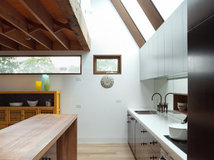
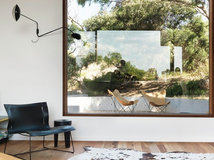
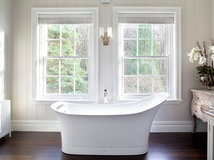
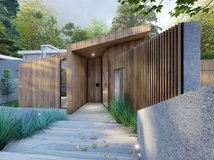
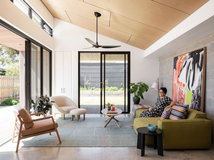

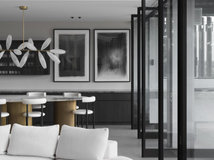
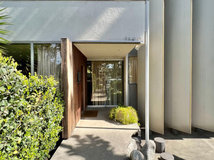
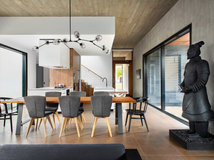
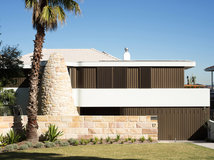
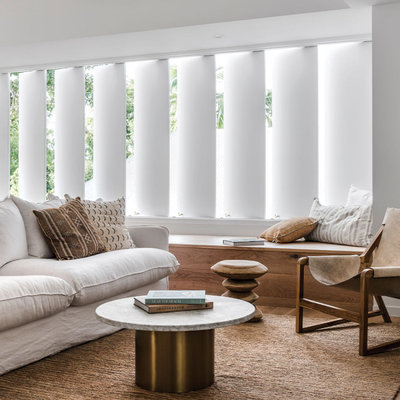
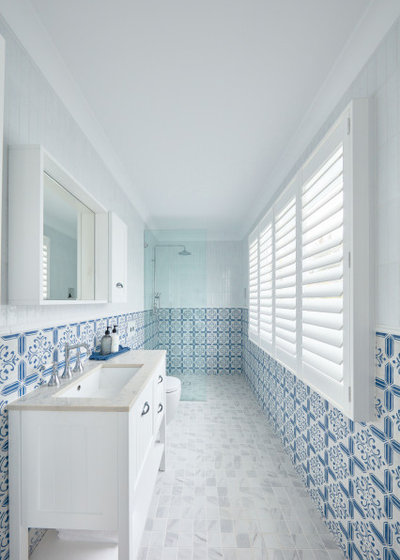
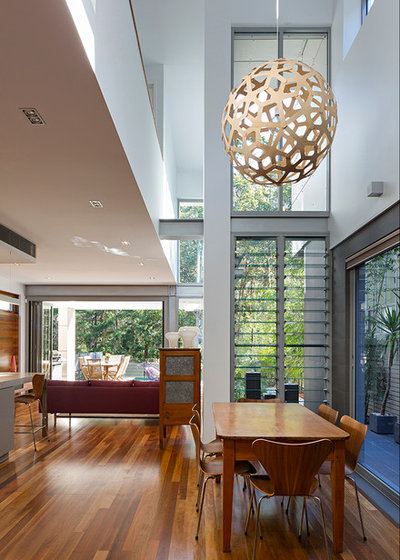
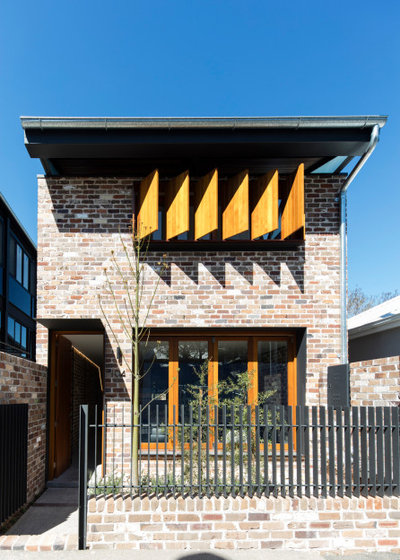
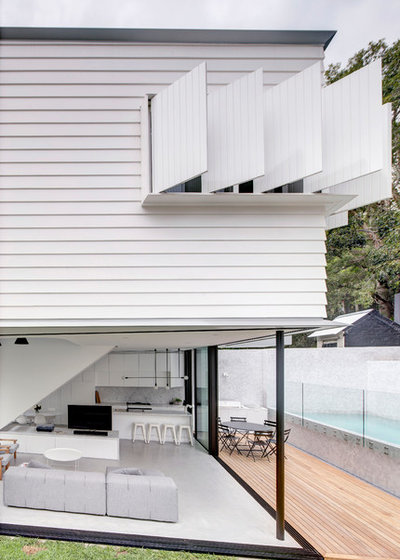
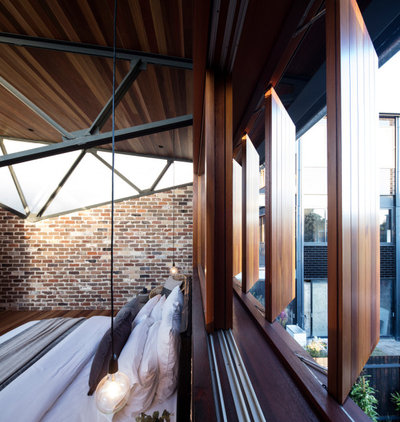
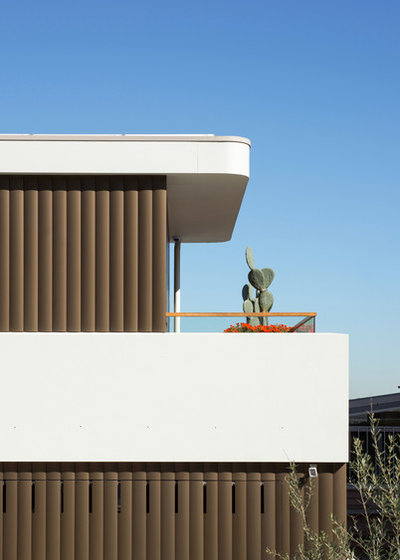
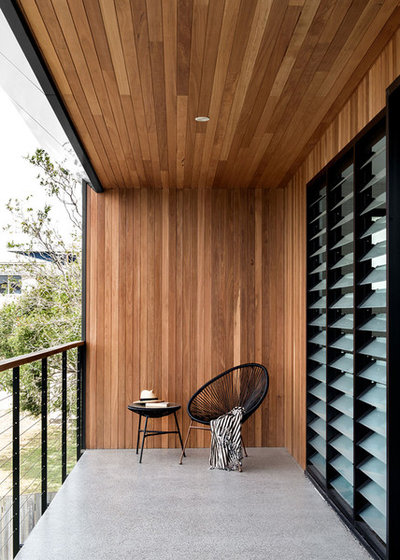
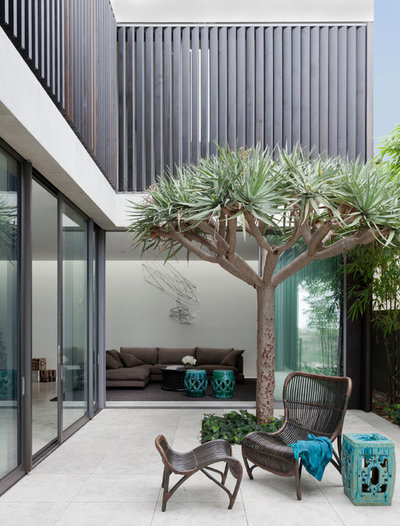
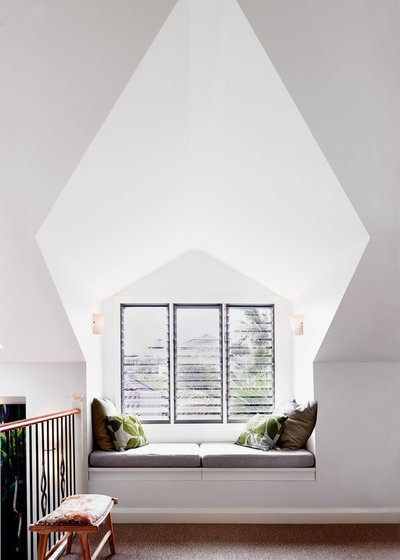
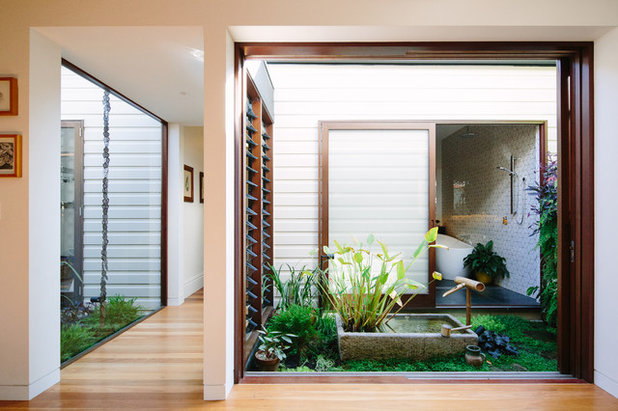
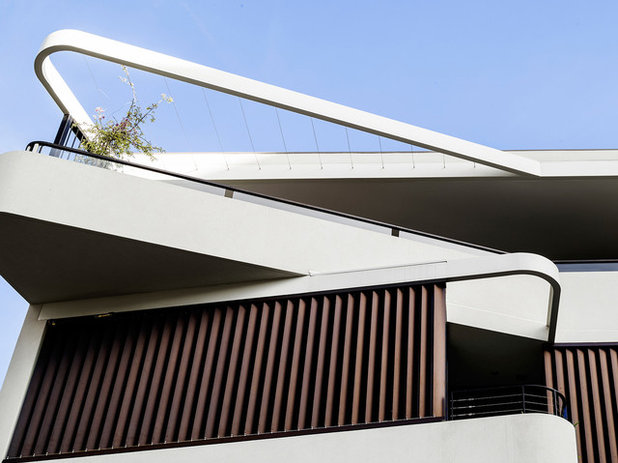
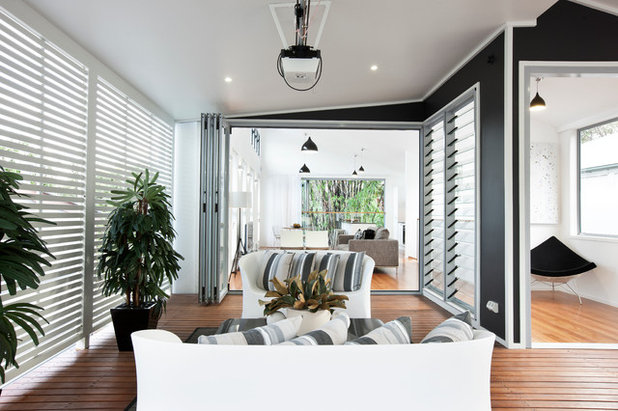
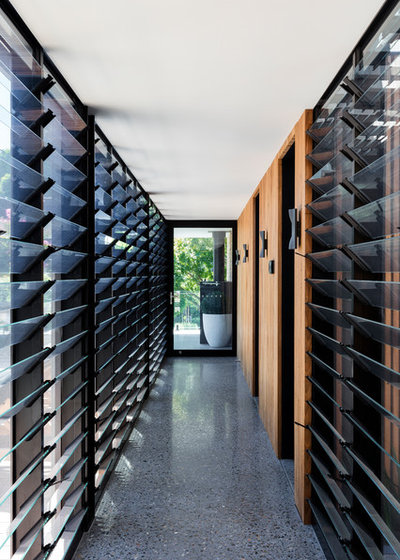
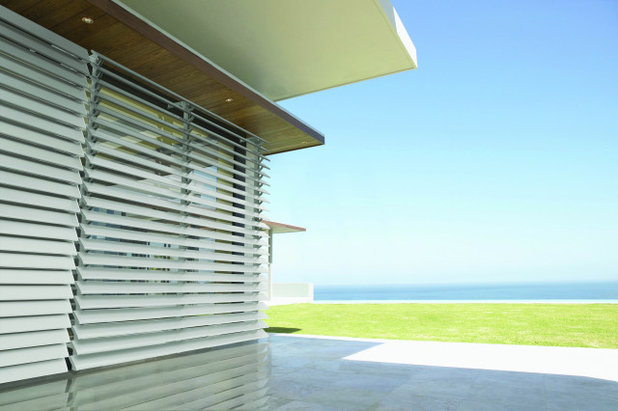
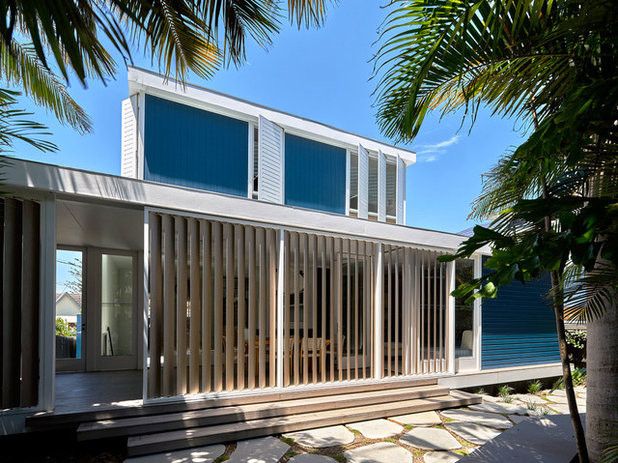
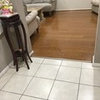
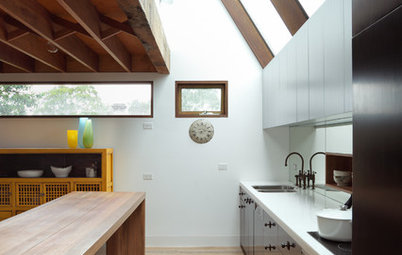
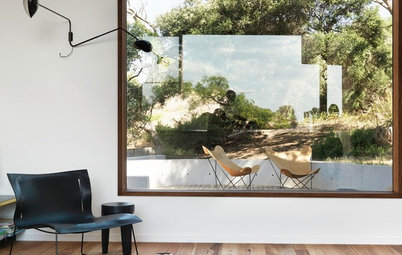
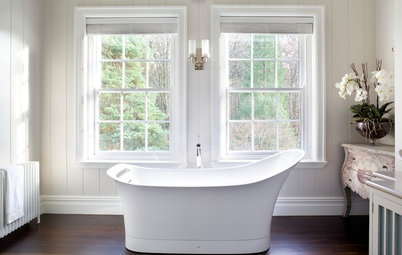
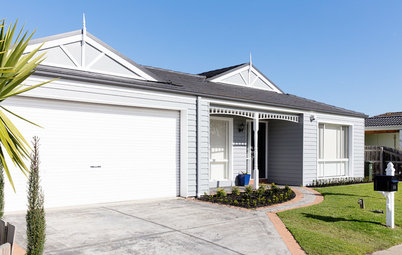
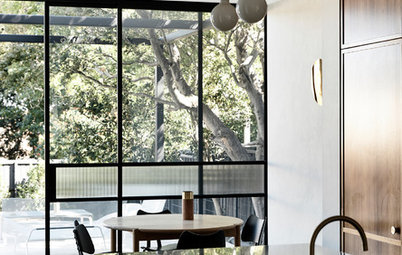

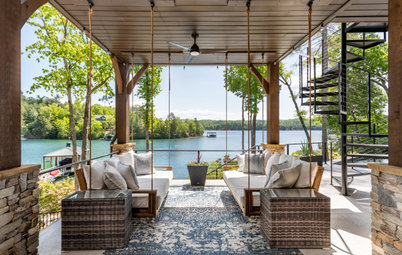
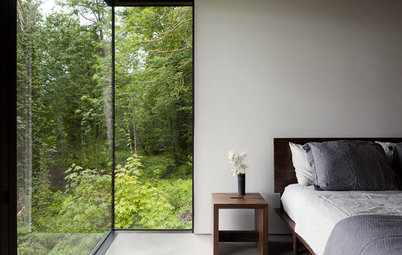
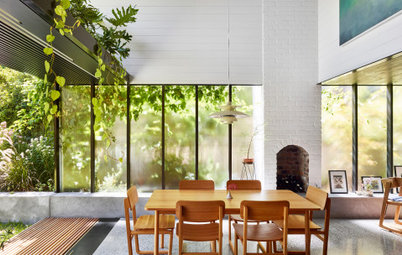
As touched on above, amazing that the biggest negative of horizontal shutters/louvres/blinds does not even get a mention here....Cleaning! Never again will I add any amount of horizontal surfaces to my windows, been there done that!!
Louvres are great for 2 storey homes, i can't image how I would clean my external windows if I didn't have louvres on every window on the upper story. As for above, get yourself some Enjo cleaning products, quick and easy to clean any glass or any surface.
Sorry I should clarify, I am referring to the hours of wiping down the actual horizontal blinds, not the window glass. A simple sweep with a fluffy duster is often not sufficient, especially in bathrooms etc, where they need a proper cleaning